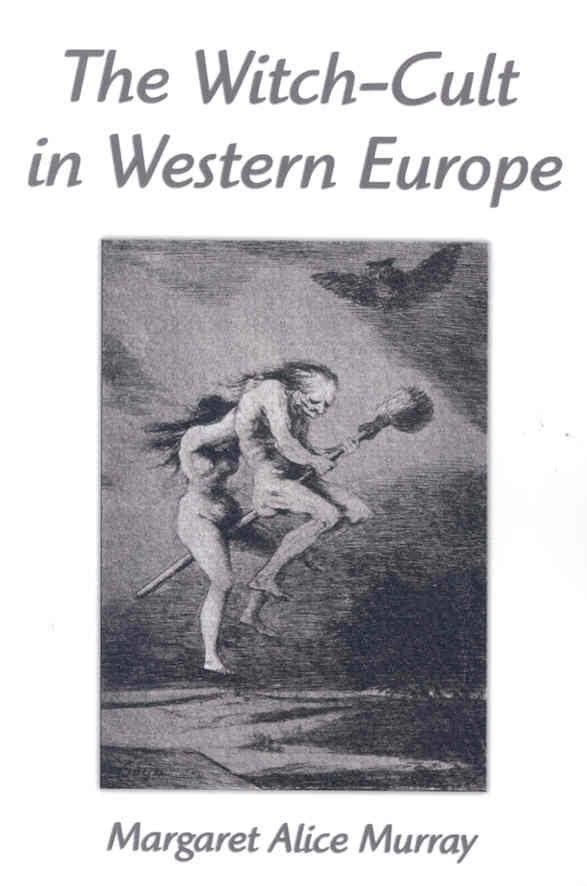7 /10 1 Votes7
Originally published 1921 | 3.5/5 Goodreads | |||||||||||||||||||||||||||||||||
 | ||||||||||||||||||||||||||||||||||
Similar Margaret Murray books, Witchcraft books | ||||||||||||||||||||||||||||||||||
The Witch-Cult in Western Europe is a 1921 anthropological book by Margaret Murray, published at the height of success of the The Golden Bough by anthropologist James George Frazer. For the book, university circles celebrated Margaret Murray as the expert on western witchcraft. For the period 1929-1968, she wrote the "Witchcraft" article in the successive editions of the Encyclopædia Britannica.
Contents
In 1962, The Witch-Cult in Western Europe was reprinted by Oxford University Press. Her theory, also known as the witch-cult hypothesis suggests that the things told about witches in Europe were in fact based on a real existing pagan religion that worshiped a horned god.
Thesis
Murray's theory, as she explained in this book and the subsequent The God of the Witches (1931), consists of the following elements:
Reception
The idea of a witch cult that until early modern times managed to survive, is now largely obsolete. Most but not all modern scholars of witchcraft generally dismiss it as romantic nonsense.
From the 1920s on, Margaret Murray’s theory was assailed by critics such as George Lincoln Burr, Hugh Trevor-Roper and more recently by Keith Thomas. Other scholars, however, insisted that despite the exaggerated claims she made there is still some truth in her theory. One of them, Arno Rune Berg, noted in his book Witches, Demons and Fertility (1947) a number of 'ordinary' elements that were cited in descriptions of the Sabbath. This could be an indication there had actually been meetings, which would have transformed into phantasmagoria later, under the influence of the imagination.
Most modern scholars of the history of witchcraft agree that it is very unlikely that such a witch-cult really existed, or that this cult or religion came to an end because the Christian church wanted to eradicate the followers of a pagan tradition. One of these modern critics, social anthropologist Alan Macfarlane criticized Murray's work in his book Witchcraft Prosecutions in Essex, 1500-1600: A Sociological Analysis. He says that his main criticism on Murray's work is that she used all sorts of things of European folklore, pulling them out of context thus creating a totally wrong image of European witchcraft. He argued that she had taken the things that people believed as a representation of what actually happened. Although in her book she had shown that people believed in a witch-cult, she failed to show that there really had been such a thing. From his own research on witchcraft in Essex Macfarlane concluded that he did not find much of the claims she had made: no traces of a Sabbath, Coven or the demonic pact were found, except perhaps with the witch trials of 1645. In his study he had found no evidence that there had been a pagan, underground cult, nor any organization of people who where called witches. Likewise Keith, Thomas criticises Murray for her selective use of evidence and what he calls 'the deficiencies of her historical method'.
Recently, however, feminist scholars have taken up Murray's thesis about persecuted witches in Medieval Europe as members of a religion of the Mother Goddess which originated in the Paleolithic era. Also, professor Tanya Marie Luhrmann's description of modern witches in her book Persuasions of the Witch's Craft: Ritual Magic in Contemporary England does not resemble in any way the devil-worshipping creatures to be feared like the ones pictured in the Malleus Maleficarum.
Influence on modern witchcraft
Charles Leland's idea of an 'old religion' and Murray's surviving pagan cult would inspire subsequent 20th century modern witchcraft movements like Wicca.
